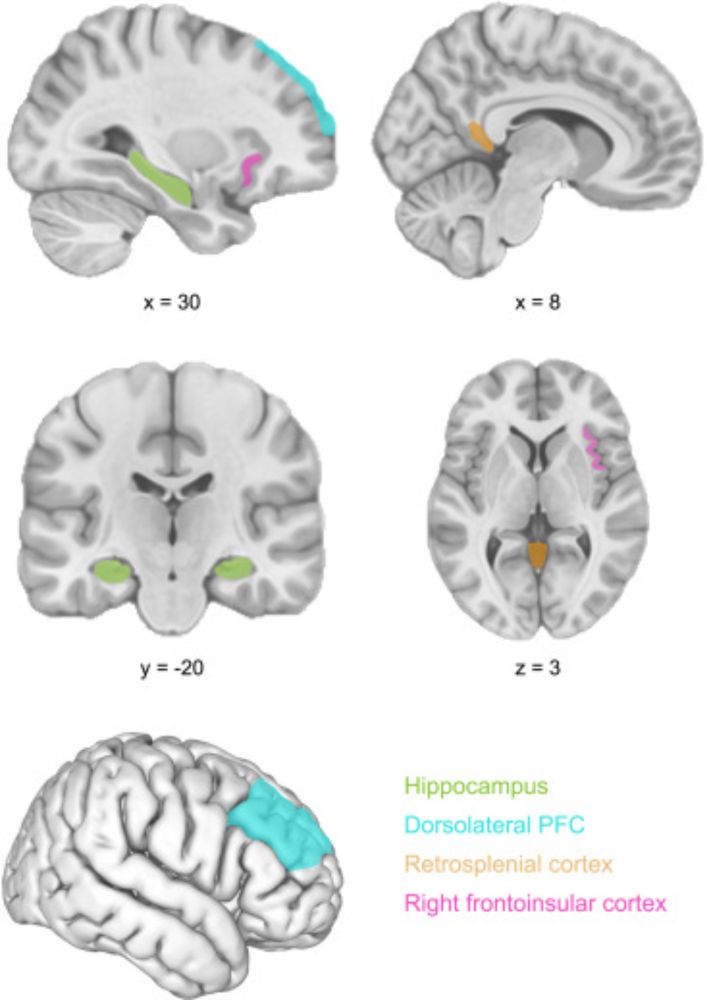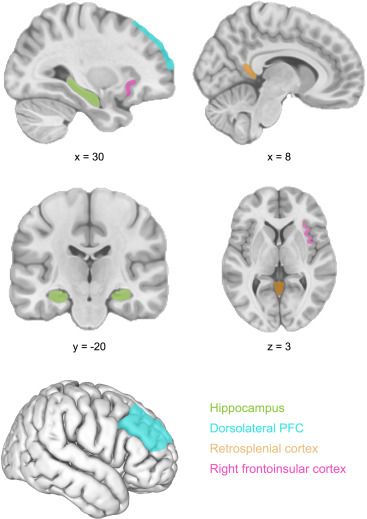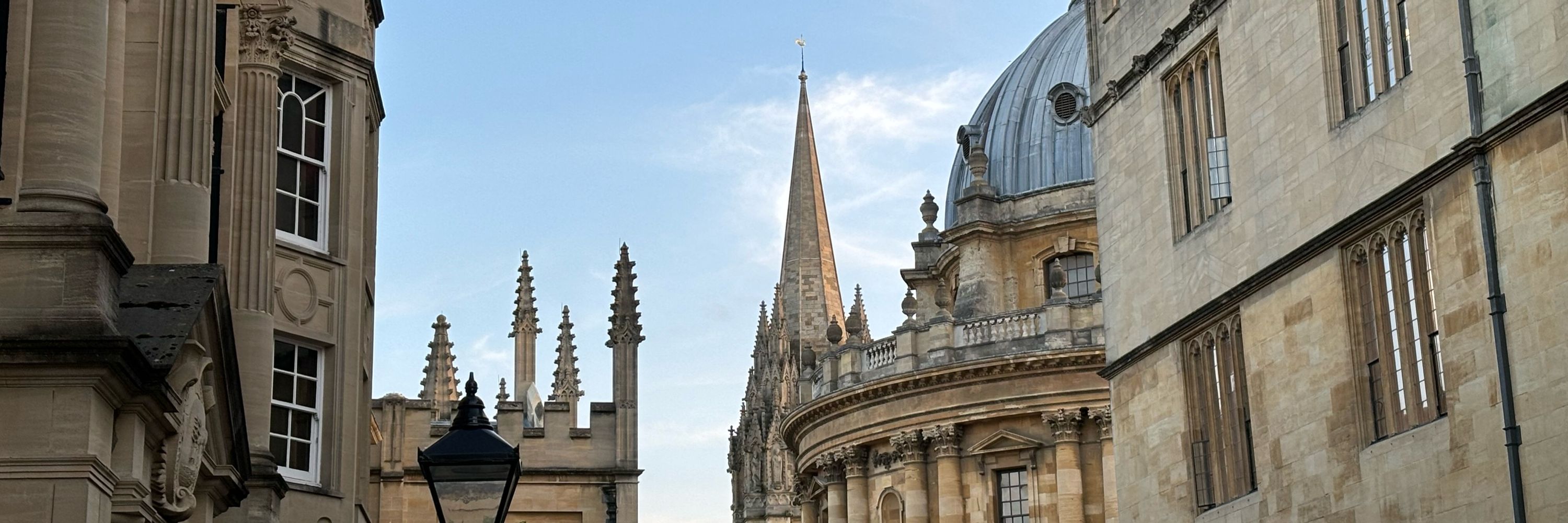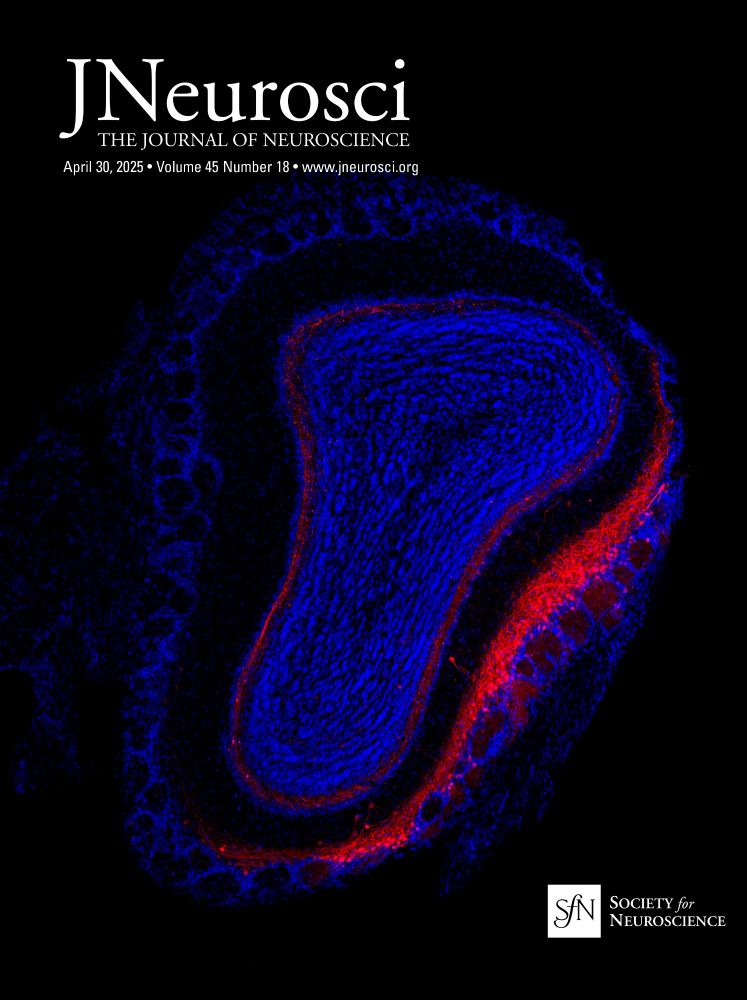Dani Gresch
@danielagresch.bsky.social
240 followers
110 following
38 posts
Postdoctoral researcher at the Scene Grammar Lab studying attention, working memory, and temporal expectations
Posts
Media
Videos
Starter Packs
Reposted by Dani Gresch
Reposted by Dani Gresch
Reposted by Dani Gresch
Reposted by Dani Gresch
Earl K. Miller
@earlkmiller.bsky.social
· Jul 21

How the brain shifts between external and internal attention
Nobre and Gresch call for an upgrade of attention research by considering how the
brain shifts its focus between contents in the external sensory stream and internal
memory representations. They highl...
www.cell.com
Reposted by Dani Gresch
Alina Studenova
@studenova.bsky.social
· Jul 20
Reposted by Dani Gresch
Reposted by Dani Gresch
Neuron
@cp-neuron.bsky.social
· Jul 16

How the brain shifts between external and internal attention
Nobre and Gresch call for an upgrade of attention research by considering how the brain shifts its focus between contents in the external sensory stream and internal memory representations. They highlight competing hypotheses, review the few experimental attempts and findings, propose candidate neural mechanisms, and identify major open questions.
dlvr.it















